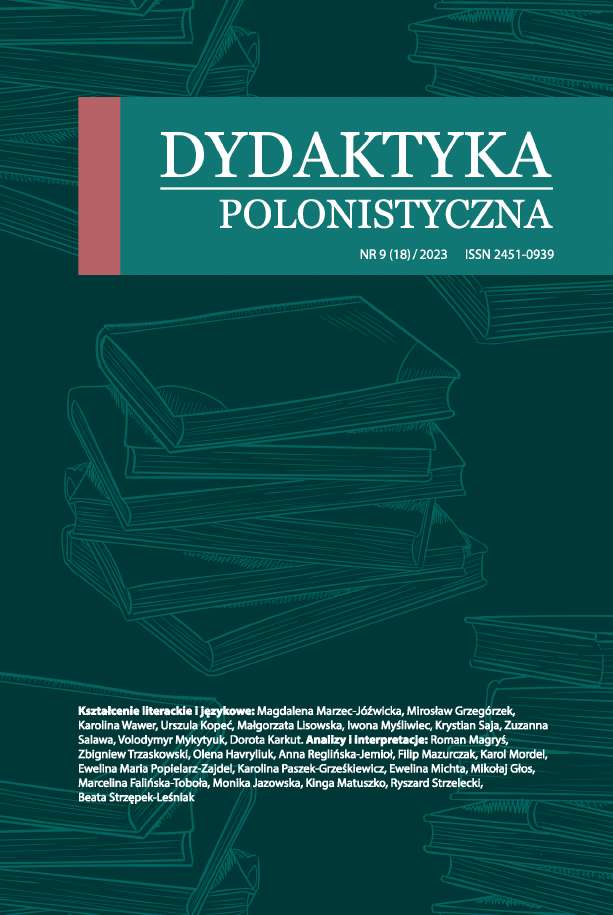„To jest możliwe tylko w waszej cholernej Warszawie!” O sposobie prezentacji Polski i Polaków w Miłej 18 Leona Urisa
DOI:
https://doi.org/10.15584/dyd.pol.18.2023.14Słowa kluczowe:
Leon Uris, Miła 18, Exodus, Polska, Armia Krajowa, powstanie w warszawskim getcie, syjonizm w literaturze, stosunki polsko-żydowskie, BiegańskiAbstrakt
Wydana w 1961 roku powieść Leona Urisa pt. Miła 18 jest jednym z najbardziej wpływowych dzieł kultury podejmujących tematykę powstania w warszawskim getcie. Pozycja ta w niezwykle niekorzystny sposób przedstawia Polaków jako niemalże genetycznych antysemitów. Autor w szczególności negatywnie obrazuje Armię Krajową oraz Kościół katolicki. Nie zaprzeczając, że w XX-wiecznej Polsce antysemityzm był rozpowszechniony, powieść Urisa często przedstawia zryw w getcie oraz szerzej, historię Polski, w sposób sprzeczny z prawdą historyczną. Mając na uwadze syjonistyczną wymowę Miłej 18 oraz innych dzieł autora, można zaryzykować tezę, że jego przeinaczenie dziejów kraju jego przodków było celowe, mające służyć budowaniu narracji proizraelskiej. Ponadto w powieści Urisa ewidentna jest obecność kliszy zwanej przez Danushę Goskę „Biegańskim”.


